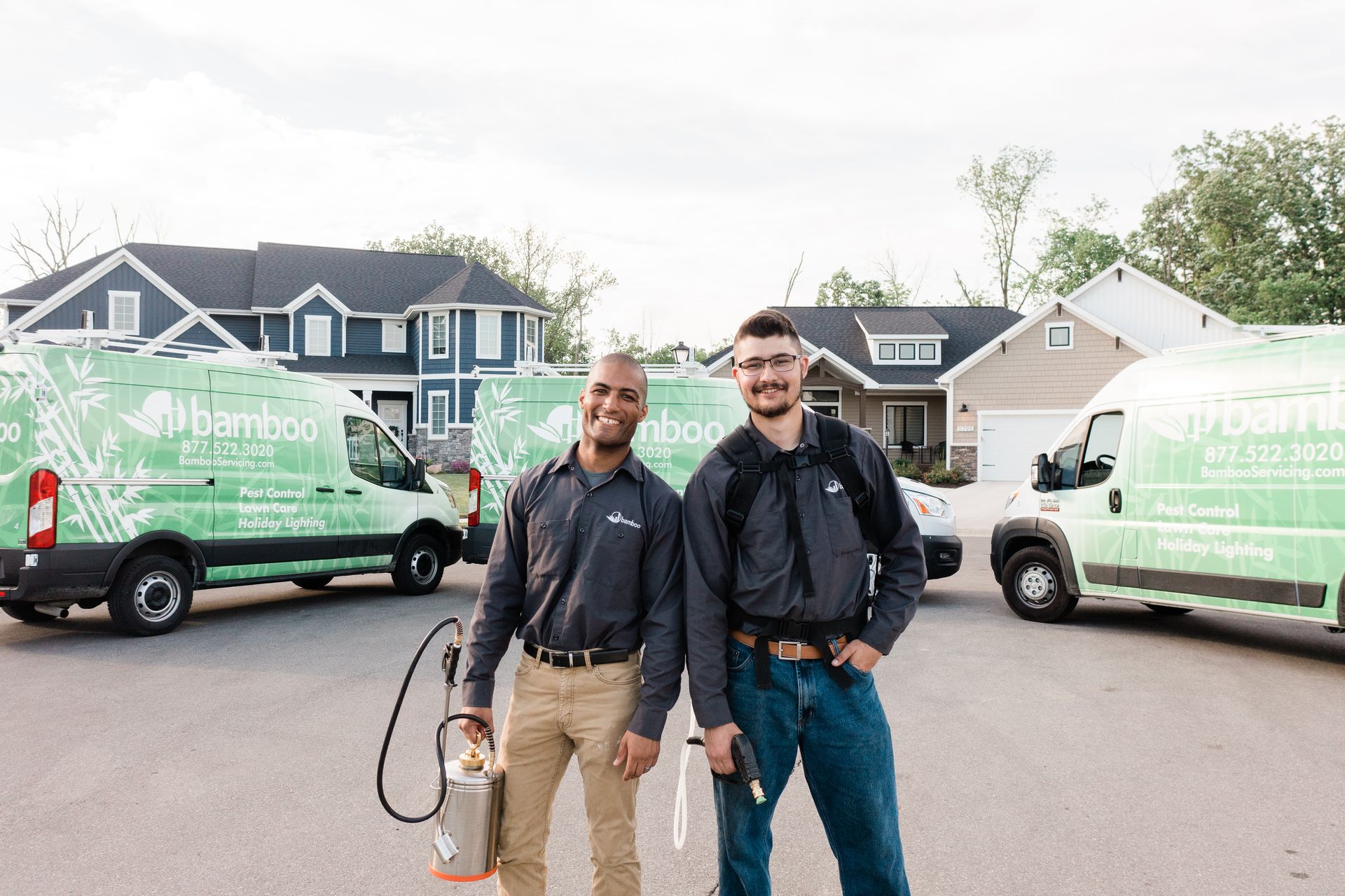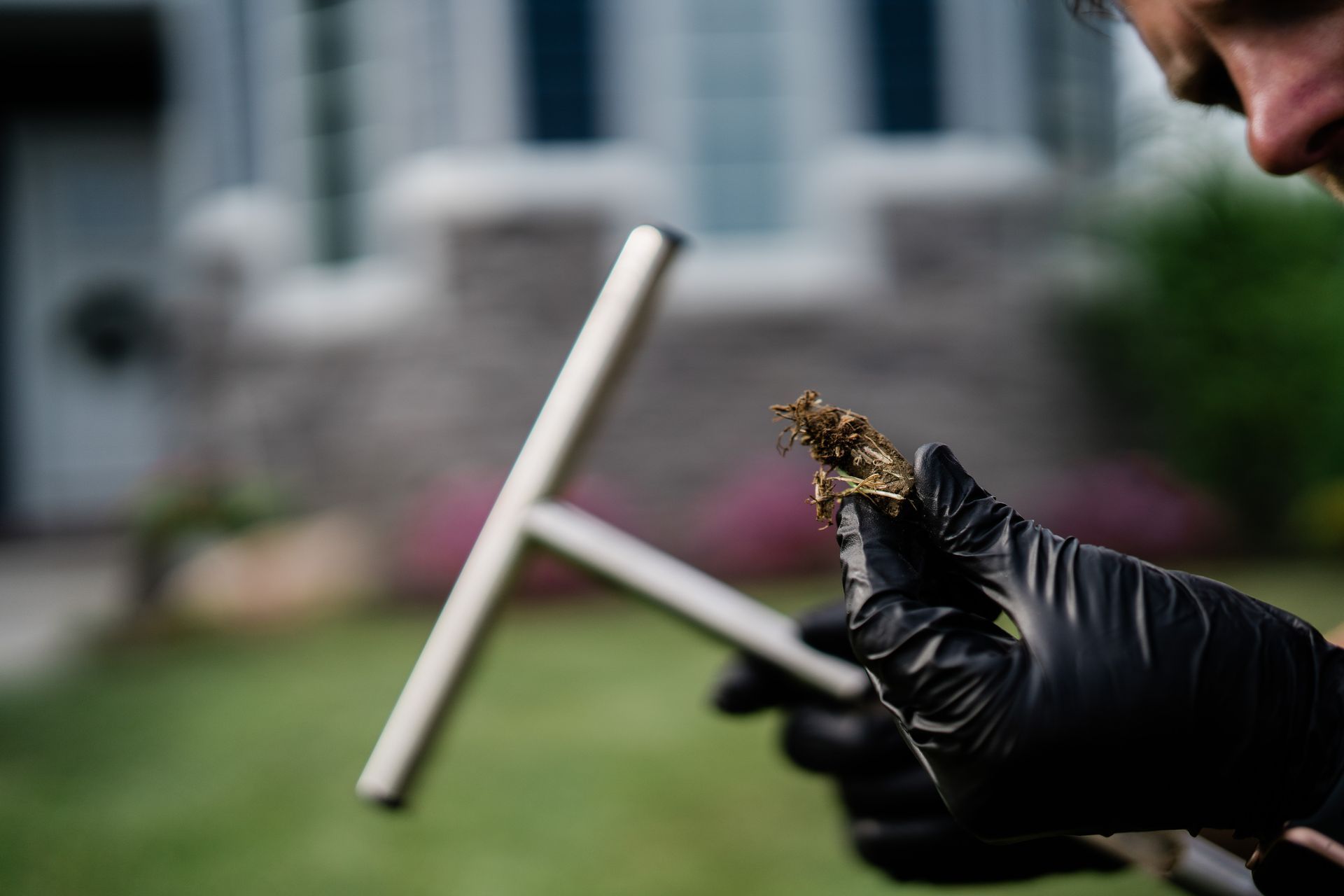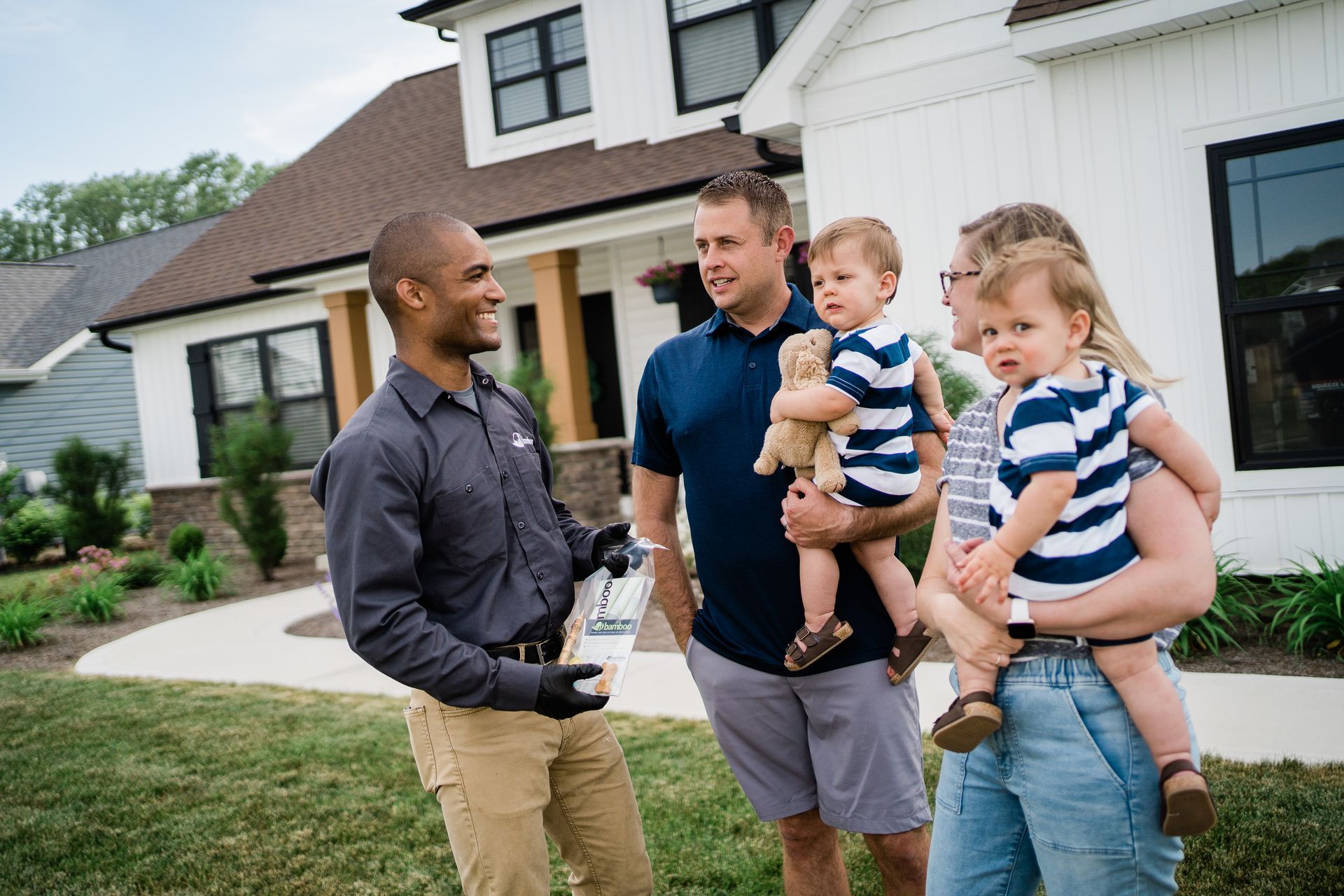How Long After Pest Control Can You Mop Floors?
Waiting time before you can mop the floor after pest control
Pest control treatments are an essential step in keeping your home free from unwanted pests. However, after a pest control service, it’s just as important to know what to do—and what not to do—to ensure the treatment works as effectively as possible. One of the most common questions homeowners have after a pest control visit is: “How long should I wait before mopping my floors?”
Here’s everything you need to know about the waiting period and how to approach cleaning your home after pest control.
Why Timing Is Crucial After Pest Control
When a pest control technician treats your home, they use specially formulated pesticides that are designed to leave a residual barrier. This means that even after the spray dries, it continues to work against pests by remaining on surfaces where pests travel, such as along baseboards, wall edges, and door frames.
These pesticides work by slowly killing pests as they come into contact with treated areas. For instance, pests like ants and cockroaches may unknowingly walk through these areas, carrying the pesticide back to their nests, which helps eradicate the infestation over time.
Mopping too soon after the treatment can disturb this residual barrier. If you remove the pesticide before it has a chance to fully dry and settle, you’ll reduce the effectiveness of the treatment. This may lead to the need for repeat services or could allow pests to return sooner than expected.
How Long Should You Wait Before Mopping?
The general recommendation is to wait 24 to 48 hours before mopping your floors. This allows the pesticides enough time to dry completely and settle into the surfaces where they were applied. This drying period is crucial for ensuring the treatment remains effective over the long term.
However, it’s important to note that the drying time can vary based on factors like humidity, temperature, and the type of treatment used. In more humid conditions, you may need to wait a little longer to be sure the pesticide has fully dried.
What to Avoid When Mopping
Even after the waiting period, it’s essential to be mindful of how you clean your floors. Avoid mopping or scrubbing along the edges of the room, particularly where baseboards and skirting boards meet the floor. These perimeter areas are where most of the treatment is concentrated since pests tend to travel along walls and tight spaces.
By leaving these areas undisturbed for a longer period, the residual treatment can remain effective for weeks or even months, providing lasting protection. Stick to cleaning the central parts of your floors and use a gentle cleaning solution that won’t interfere with the pesticide.
Can You Clean Other Areas of the Home?
While it’s crucial to avoid mopping for a day or two, you can still carry out other cleaning tasks around your home. For instance, sweeping or vacuuming central areas of the floor is perfectly fine, as long as you avoid the perimeter zones where the treatment has been applied. These cleaning methods won’t disturb the pesticide and will help you maintain a clean living space without reducing the effectiveness of the pest control treatment.
You can also dust and wipe down surfaces that weren’t treated, such as countertops and shelves. Keeping your home tidy and free of food crumbs and clutter is still important to discourage pests from coming back, especially in areas where they may hide or find food.
Why You Shouldn't Rush to Mop?
It’s understandable to want your home back to normal as quickly as possible after a pest control treatment. However, mopping too soon can undo the work that was just done. The pest control treatment isn’t an instant fix; in many cases, it’s designed to be a slow process that targets pests over time. By disrupting the residual barrier left by the treatment, you could be unintentionally reducing its effectiveness and giving pests a chance to return.
What Happens If You Mop Too Soon?
Mopping the floor before the pesticide has fully dried can significantly reduce its impact. You might wipe away the pesticide entirely or dilute its potency, especially if you use water-based cleaning solutions. This could leave certain areas unprotected, allowing pests to re-enter your home.
Moreover, if pests come into contact with only small amounts of the pesticide, it may not be enough to kill them or prevent them from breeding. Over time, this could lead to the return of pests or a need for repeat treatments.
Best Practices for Mopping After the Waiting Period
After you’ve waited the recommended 24-48 hours, it’s safe to mop your floors, but take care to do so strategically. Focus on cleaning the center of each room and avoid heavy scrubbing along the edges. A light mopping with a gentle cleaner should suffice. If you have a cleaner coming in to help, make sure they are aware of these guidelines to ensure they don’t disturb the treated areas.
Other Tips for Maximizing Pest Control Treatment
Aside from waiting to mop, there are other things you can do to make sure your pest control treatment works effectively:
- Seal Entry Points: After treatment, seal any cracks or gaps around doors, windows, and walls to prevent pests from returning.
- Remove Food Sources: Keep food sealed and store trash properly to avoid attracting pests back into your home.
- Monitor for Activity: Watch for signs of pest activity, and if you notice a significant increase, give it time. It’s common to see more pests immediately after treatment as they are driven out of hiding.
Final Thoughts
Mopping your floors is an essential part of keeping your home clean, but after a pest control service, it’s important to wait. By giving the treatment time to settle and dry, you’ll help ensure that pests are effectively eradicated and stay away for longer. Waiting 24-48 hours before mopping and avoiding perimeter areas when you clean can make a big difference in how well your pest control treatment works.
Want To Learn More? Contact Us
So, the next time you have a pest control service, remember to be patient with cleaning. Your home will be pest-free and protected, giving you peace of mind that the treatment is working as it should.
Contact us here at Bamboo Pest Control of Kirkland for more information about our pest control services.
Our Additional Posts On Pest Control
For service call: (425) 217-1379
Copyright © 2024 - Kirkland Pest Control by Bamboo All Rights Reserved






